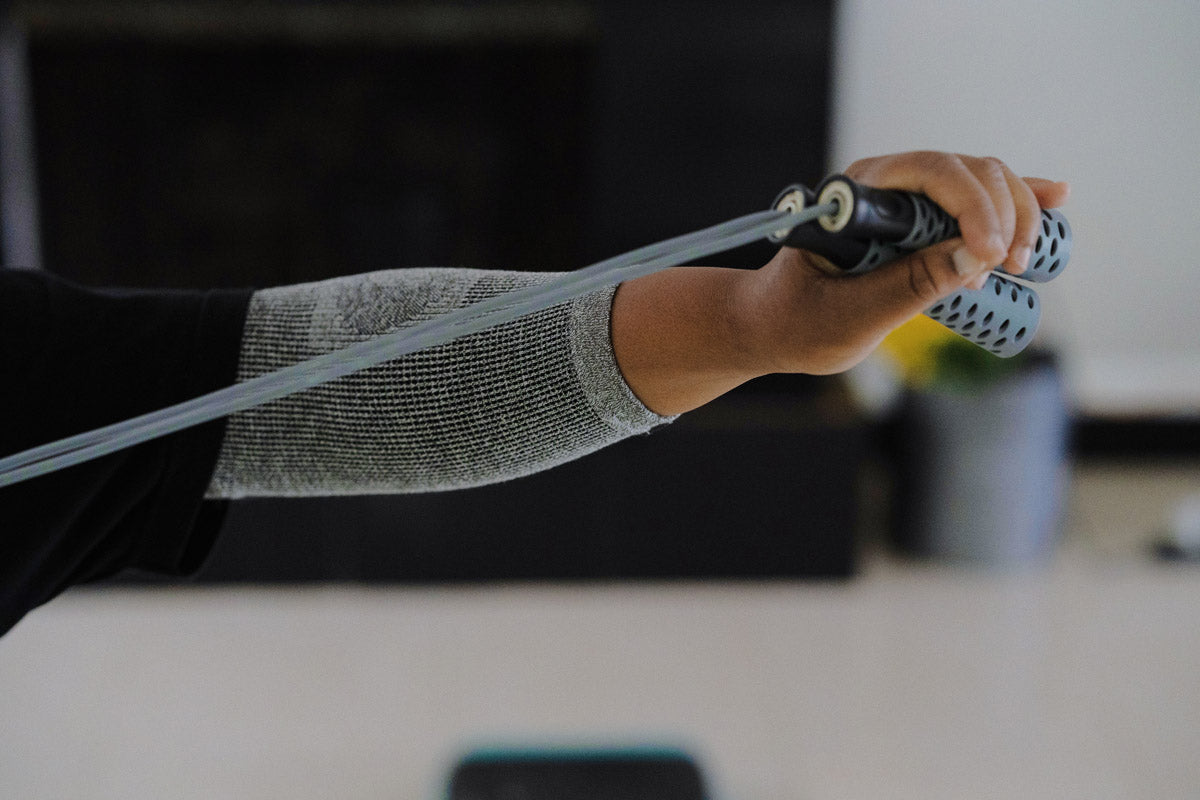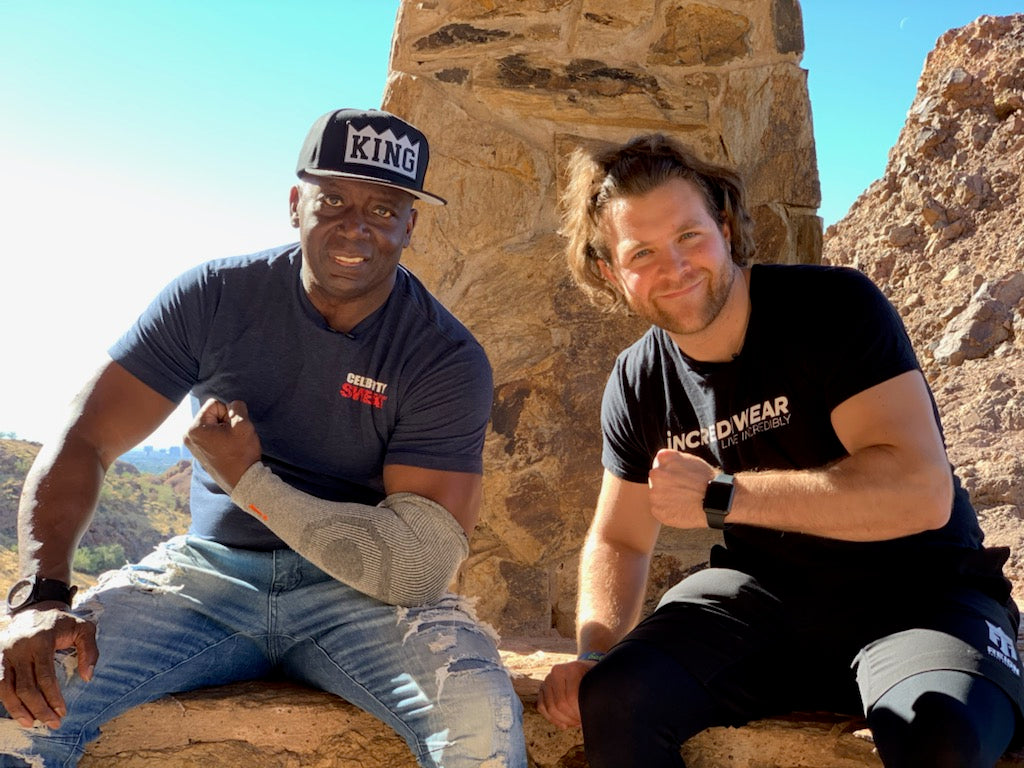Winter attracts both hobbyists and thrill-seekers to the snow. Whether it’s a relaxing weekend away, or more time spent perfecting your run in the half-pipe, the mountains are calling. It’s always a good time - except when things don’t go according to plan. Every year, thousands of winter enthusiasts find themselves on a surprise visit to the emergency room due to injuries, many of which are preventable. So, before buying your season pass or booking your Airbnb this year, here are the top three winter injuries and how to prevent them. Let’s go!
1) Concussion
The top injury for winter sports is a concussion, which is a traumatic brain injury with the potential to do long term damage to your brain. Prevention is key to protect yourself; if your activity involves ice and a steep grade, bring along a helmet! Repeat concussions can be very dangerous for the long-term health of the brain, so consider your activities and risk threshold carefully. Concussion protocol for those who have suffered the injury include 1-2 days of rest and a break from computer and phone screens. If you’ve suffered concussions in the past, consider reducing your intensity to protect yourself, or even participating in another activity altogether.

2) Dislocated Shoulder or Elbow
For a downhill skier or snowboarder, a fall means having to catch yourself before hitting the ground. This can easily result in shoulder or elbow injury, meaning you’re left with only one functional arm as you recover. Worse, you can injure both arms. To prevent a fall, make sure you’re doing an activity within your skill limits. For example, a double-black diamond isn’t the best choice for a brand-new skier. (Consider working your way up from a green circle over time!)
If you do find yourself nursing a shoulder or elbow injury, Incrediwear can help to get you back on the slopes through recovery support. Check out our Shoulder Brace and Elbow Sleeve to provide healthy circulation to troublesome spots.

3) Knee or Ankle Injuries
The knees and ankles handle the many pressures of your body while you move. They are joints that can quickly become a source of chronic pain due to overuse or misuse. For a snowboarder, the tension from strapping into a snowboard can cause pain in both of these joints. As a protective measure, always make sure you’re warmed up before starting an activity.
Wearing ankle or knee sleeves while participating in a winter sport can help reduce injuries and stimulate blood flow during the activity. The Incrediwear Knee Sleeve and Ankle Sleeve are ideal for this situation, sitting lightly on the skin for increased performance.
You can also wear them après-ski to reduce the time it takes to get back to doing what you love.
With successful planning and preparation, you can protect against winter injuries. Here are a few more general tips to keep safe while outdoors this season:
- Warm up before starting an activity.
- Wear protective gear such as goggles, helmets, and gloves.
- Check that equipment is working properly before beginning.
- Wear several layers of light, loose clothing for warmth and protection.
- Never participate alone in a winter sport.
- Know and abide by all rules of the sport or activity.
- Pay attention to weather warnings.
- Seek shelter and medical attention immediately if injured.
- Drink plenty of water.
- Avoid participating when you are in pain or overtired.
- Maintain physical conditioning in the offseason.
Whether professional or amateur, the cold weather activities can land you in an ambulance if you don’t take the proper precautions. If skiing, snowboarding, sledding, or ice skating, enjoy your winter recreation by being safe. Share these tips with your fellow outdoor enthusiasts and be safe.
Read more

Well, that didn’t go exactly as planned. Let’s close the book on 2020 and start the new year with new hobbies to keep your body and mind active. The new year is an opportunity to reinvent yourself;...

Most professional athletes get plenty of massages, stretch every day with their private trainers, and even have personal chefs prepare healthy foods that help them regulate their electrolytes and s...






Leave a comment
All comments are moderated before being published.
This site is protected by hCaptcha and the hCaptcha Privacy Policy and Terms of Service apply.